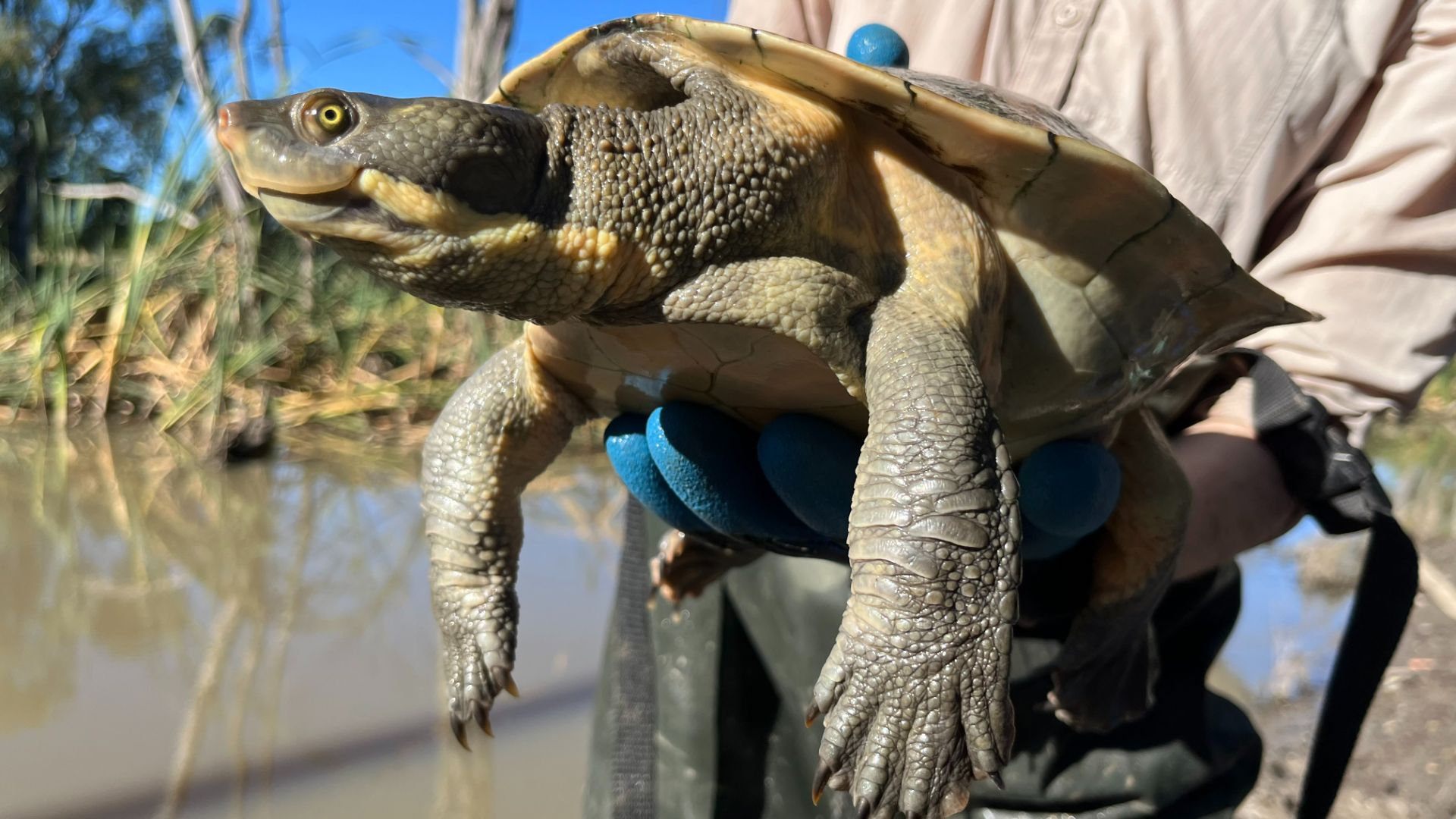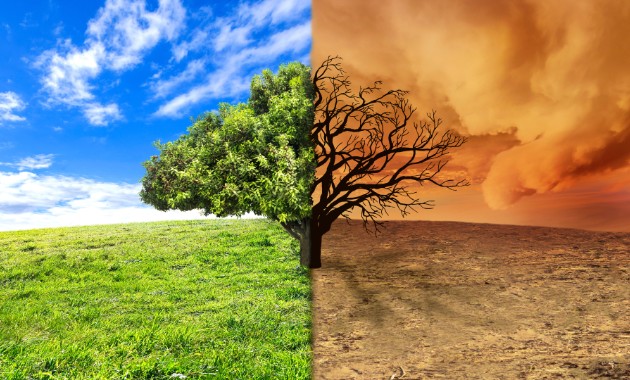- Charles Sturt researchers undertaking the Murrumbidgee Monitoring Evaluation and Research (MER) Program have detected three species of freshwater turtles in wetlands along the Murrumbidgee River
- Long-term monitoring has highlighted the benefit of environmental water delivery for the diversity in turtle species at selected wetlands
- The river system is home to the Eastern Long-necked turtle, the Broad-shelled turtle and the Macquarie River turtle
Researchers have revealed the benefits of environmental water deliveries in boosting the diversity of turtle species in Murrumbidgee wetlands.
The Murrumbidgee Monitoring Evaluation and Research (MER) Program is led by freshwater ecologist in the Charles Sturt School of Agricultural, Environmental and Veterinary Sciences (SAEVS) Professor Skye Wassens and her team of researchers including Dr Sarah Talbot in the SAEVS and Dr Anna Turner in the Gulbali Institute for Agriculture, Water and Environment.
The program monitors the ecological response to Commonwealth environmental water delivery to wetlands along the Murrumbidgee. This includes water quality, vegetation, waterbirds, wetland and riverine fish, frogs and turtles.
“The Murrumbidgee is home to three species of freshwater river turtles – the Eastern Long-necked turtle, the Broad-shelled turtle and the Macquarie River turtle,” Dr Turner said.
“These turtles face a range of threats throughout their lifetimes, including vehicle strikes, wetlands drying out and stranding juveniles before they are able to move, and predation on turtle nests by foxes which can take more than 90 per cent of turtle eggs.”
Fish, turtles and tadpoles are monitored using two different sized fyke nets, which act as giant funnels to trap these species. They are set in a way that allows turtles or other air breathing aquatic animals to comfortably reach the water surface.
Inundating wetlands and lagoons using Commonwealth environmental water during drier times is critical to the survival of many species and ensures that there is adequate water quality and food resources for all water-dependent species.
During wet years, such as 2022 and 2023, Dr Turner said their team saw animals moving out of refuge habitats to take advantage of the abundant resources.
“The 2022 and 2023 flooding led to the reconnection of a number of key wetland sites to the main river channel in the Murrumbidgee catchment,” she said.
“Reconnection between wetlands and main river channels allows species to spread into the new habitat that is available.
“This provides greater feeding and breeding opportunities and healthier wildlife populations.”
ENDS






Social
Explore the world of social